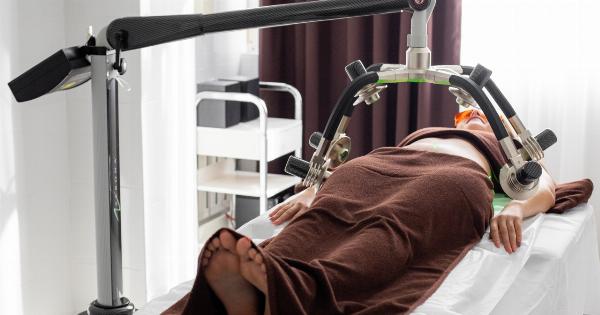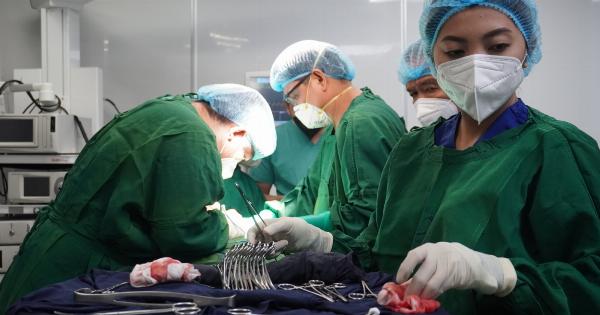Advancements in neurosurgical techniques have allowed neurosurgeons to provide high-quality care to patients with neurological disorders. There are several neurosurgical techniques that are used to treat brain and spine conditions.
The primary goal of any neurosurgical procedure is to alleviate pain and restore function to the nervous system. In this article, we will discuss some of the advanced neurosurgical techniques that are available to insured patients.
Minimally Invasive Neurosurgery
Minimally invasive neurosurgery has been gaining popularity in recent years due to its many advantages over traditional open surgery.
Minimally invasive techniques involve making smaller incisions, using specialized instruments, and often, the assistance of advanced imaging techniques. Compared to traditional open surgery, minimally invasive neurosurgery techniques offer patients a faster recovery time, lower risk of complications, and less scarring.
Endoscopic Surgery
Endoscopic surgery is a minimally invasive neurosurgical technique that uses an endoscope, a thin tube with a camera and light, to enable visualization of structures inside the body.
Neurosurgeons use endoscopic techniques to treat a range of conditions, including tumors, hydrocephalus, and spinal deformities. This technique allows for a smaller incision and a faster recovery time for patients.
Laser Surgery
Laser surgery is a non-invasive technique that uses light energy to remove or destroy tissue. Neurosurgeons use laser surgery to treat a variety of conditions, including brain tumors, epilepsy, and trigeminal neuralgia.
Laser surgery is often used in conjunction with other neurosurgical techniques to provide a more comprehensive treatment plan.
Robotic Neurosurgery
Robotic neurosurgery involves the use of advanced robotic technology to assist the neurosurgeon during surgery. This technique offers several advantages, including increased precision, smaller incisions, and a faster recovery time for patients.
Robotic neurosurgery is often used to treat complex brain tumors and spinal deformities.
Neuroendoscopy
Neuroendoscopy is a minimally invasive neurosurgical technique that uses an endoscope to access structures inside the brain and spine. Neuroendoscopy is used to treat a range of conditions, including hydrocephalus, tumors, and spinal deformities.
This technique allows for a smaller incision and a faster recovery time for patients.
Stereotactic Radiosurgery
Stereotactic radiosurgery is a non-invasive technique that uses multiple beams of radiation to treat tumors and other conditions.
This technique is often used in conjunction with other neurosurgical techniques to provide a more comprehensive treatment plan for patients. Stereotactic radiosurgery is a highly precise technique that offers a lower risk of complications and a faster recovery time for patients.
Neurostimulation
Neurostimulation is a minimally invasive neurosurgical technique that involves the use of electrical stimulation to treat neurological conditions.
Neurostimulation is used to treat a range of conditions, including chronic pain, Parkinson’s disease, and epilepsy. This technique offers a lower risk of complications and a faster recovery time for patients.
Neurointerventional Procedures
Neurointerventional procedures involve the use of specialized instruments to treat conditions that affect the blood vessels of the brain and spine. This technique is often used to treat aneurysms, arteriovenous malformations, and stroke.
Neurointerventional procedures offer a lower risk of complications and a faster recovery time for patients.
Microsurgery
Microsurgery is a technique that involves the use of a microscope to visualize small structures inside the body. Neurosurgeons use microsurgery to treat a range of conditions, including tumors and aneurysms.
Microsurgery offers a higher level of precision and a lower risk of complications compared to traditional open surgery.
Conclusion
Advanced neurosurgical techniques have revolutionized the treatment of neurological conditions. These techniques offer patients a faster recovery time, lower risk of complications, and less scarring compared to traditional open surgery.
Patients with neurological conditions now have access to a variety of advanced neurosurgical techniques that can alleviate their pain and restore function to their nervous system.





























